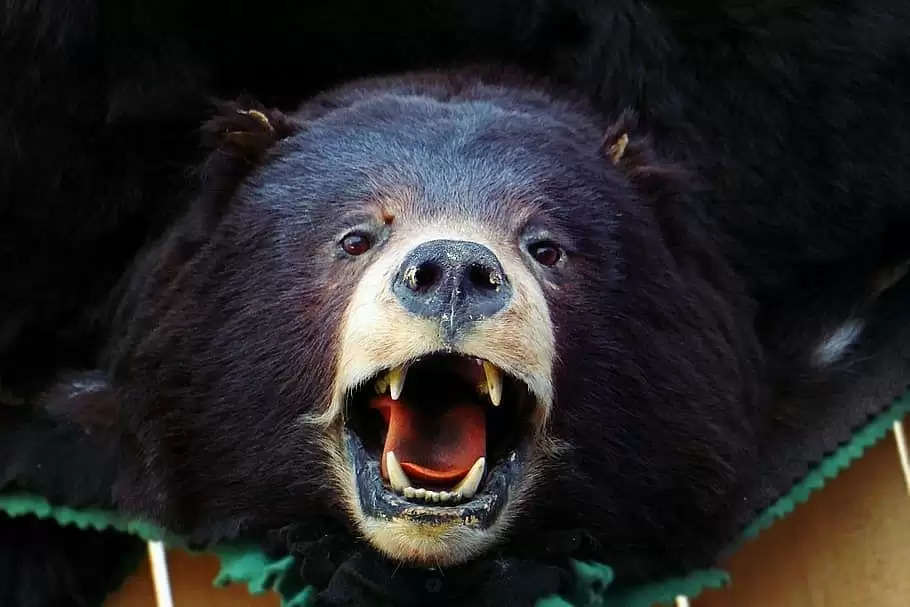The cost of man-animal conflict in Meghalaya

SHILLONG
Forty-year-old Rajesh Khongphai of Pungweikyian village, under Pynursla Civil sub-division, Meghalaya, was mauled by a bear on November 28 while he was on his way to an orchard near Umniuh Tmar.
Villagers found him staggering on the road, having survived the brutal encounter with severe injuries and a missing ear.
Soon enough, a video of the villagers carrying the injured Khongphai surfaced on social media and, as expected, went viral within a couple of hours.
Comments that poured in included both concern and anger. Anger that the state Forests and Environment Department had failed to listen to the villagers’ plea of coming up with a solution to end human-wildlife conflict and anger that wild animals have been wandering onto human settlements since 2010.

While the former is perfectly understandable, the latter is disappointing as many of the social media users had posted comments encouraging the killing of wild animals to ensure a safer place for people to live.
We pride ourselves as being enlightened, educated and civilised, yet many of us forget the fact that animals are creatures that rely on instinct, with their strongest instinct being survival.
According to the World Wide Fund (WWF), the conflict between people and animals is one of the primary threats to the continued survival of many species in different parts of the world and, is also a significant threat to local human populations. If solutions to conflicts are not adequate, local support for conservation also declines.
With that said, Meghalaya is a part of the Indo-Burma biodiversity hot spot and, is a key area for biodiversity conservation.
However, human-animal conflicts often occur when growing human populations overlap with established wildlife territory. This creates competition for space and resources.
It is also a fact that urbanisation has forced wild animals to venture out of their natural habitats in search of food.

A 2007 review by the United States Geological Survey defines human-wildlife conflict in two contexts; first, actions by wildlife conflict with human goals, i.e. life, livelihood and life-style, and second, human activities that threaten the safety and survival of wildlife.
However, in both cases, outcomes are decided by human responses to the interactions.
According to a WWF report, the wildlife population has fallen by more than two-thirds in less than 50 years.
With humans and animals having coexisted for centuries, it is only now when urbanisation and expansion have come into the picture that people start to see them as a threat.

We have already encroached onto their habitat to a point where some species have gone extinct.
Yet, we cry out when they are left with no other choice but to retaliate.
(The views and opinion expressed by the authors and those providing comments are theirs alone, and do not necessarily reflect the views of TNT-The Northeast Today)

















